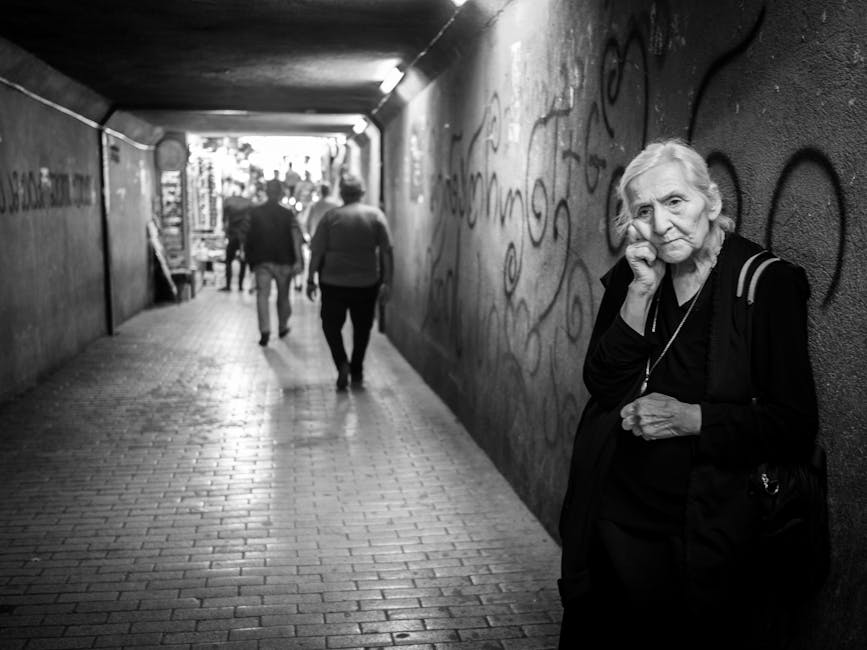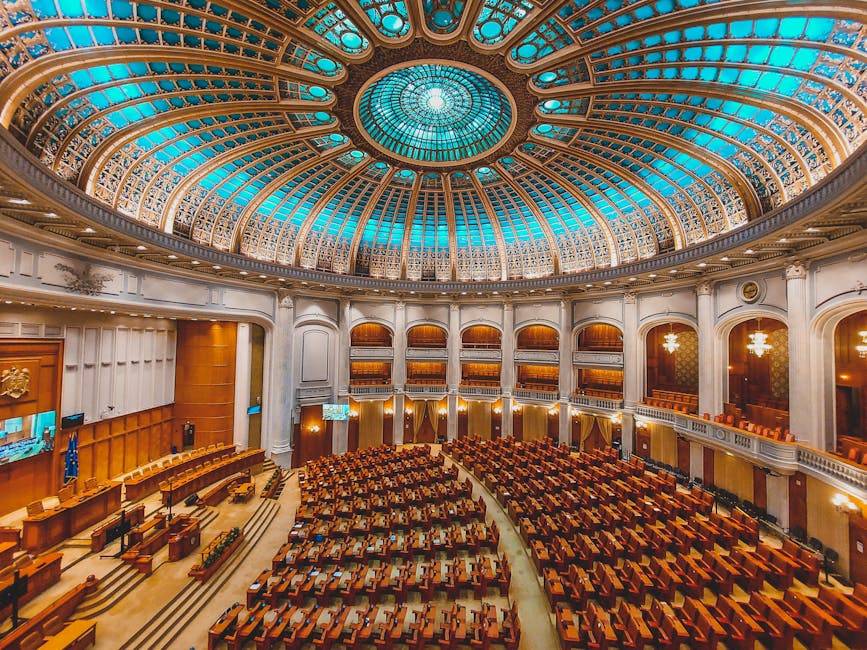Delhi’s Pollution Debate Reignites as AQI Worsens
As Delhi’s air quality plunges to hazardous levels, BJP leader and DSGMC president Manjinder Singh Sirsa has sparked controversy by questioning whether Diwali fireworks alone deserve blame for the capital’s toxic air. Sharing 2020 pollution data, Sirsa emphasized the role of stubble burning, vehicles, and industrial emissions in the crisis.
Sirsa’s Claim: Diwali Fireworks vs. Systemic Pollution
Sirsa took to X (formerly Twitter) to highlight Delhi’s AQI data from 2020—a year when firecrackers were banned during Diwali due to COVID-19. Despite the ban, post-Diwali AQI levels crossed 400 (“severe”).
“No firecrackers were burst in 2020, yet Delhi’s air was worse. Will you still blame Diwali?” he asked, urging policymakers to address root causes like farm fires and urban emissions.
Key Pollution Sources Beyond Diwali
Experts agree that while Diwali worsens air quality temporarily, larger contributors include:
- Stubble Burning (30–40% of winter pollution) – Punjab and Haryana’s crop fires peak in October–November.
- Vehicular Emissions – Delhi’s 13+ million vehicles release toxic fumes daily.
- Construction & Industry – Dust and factory emissions compound the problem.
- Weather – Low wind speed and cold air trap pollutants.
Political Backlash & Calls for Action
Sirsa’s remarks drew mixed reactions:
– Opposition Criticism: Congress’s Sandeep Dikshit accused the BJP of deflecting blame, urging farmer incentives and better public transport.
– AAP’s Demand: Delhi’s government reiterated calls for central intervention on stubble burning.
Data Breakdown: Diwali’s Short-Term vs. Long-Term Impact
CPCB data reveals:
– 2020 (No Firecrackers): AQI hit 450+ post-Diwali.
– 2023 Pre-Diwali: AQI averaged 280–320 (“very poor”) due to early farm fires.
Solutions Beyond Seasonal Blame
Experts propose:
– Year-Round Policies: Stricter industrial norms, EV incentives, and green zones.
– Farmer Support: Subsidies for bio-decomposers and happy seeders.
– Public Awareness: Eco-friendly Diwali celebrations while tackling systemic issues.
Conclusion
Sirsa’s argument underscores Delhi’s complex pollution puzzle. Sustainable change requires moving beyond Diwali debates to address agriculture, transport, and industry. As smog chokes the city, collaborative action is critical.
What’s your take? Should Delhi prioritize firecracker bans or systemic reforms? Comment below!




